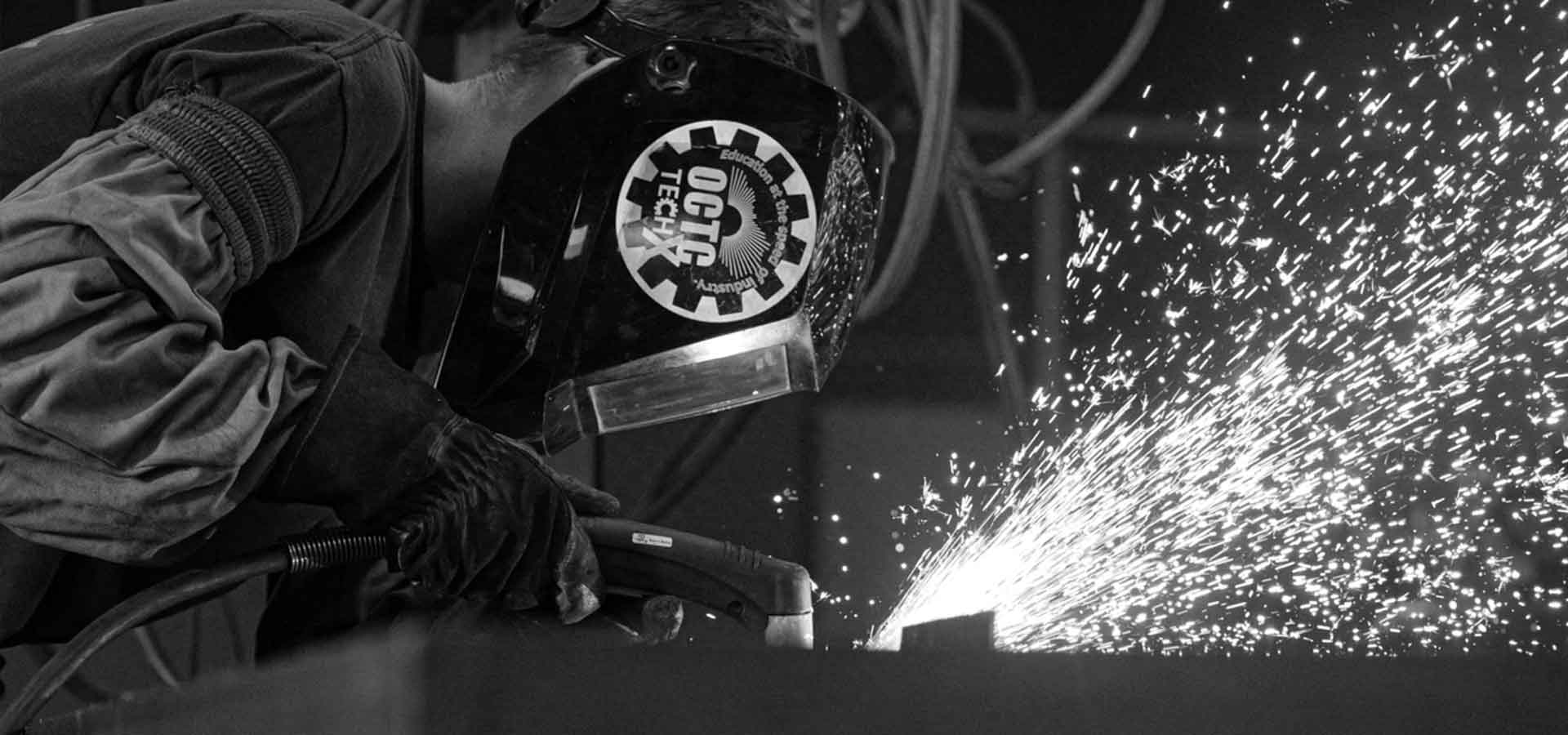In a world where automation is rapidly reshaping the industrial landscape, understanding its impact and potential is crucial for businesses, especially for small and midsize manufacturers (SMMs). Companies like Amazon and Starbucks are leading the way with their cashier-less stores and contactless payment systems, showcasing automation as a core driver of efficiency and a competitive advantage.
Democratizing Automation: A New Frontier for SMMs
Historically, SMMs have perceived automation as financially and practically unattainable. However, this perception is changing, thanks to companies like Vention, a member of the Forbes Business Development Council. Vention offers affordable, modular automation platforms, making advanced technology accessible to nearly every company. This democratization of automation is reflected in a report by analyst firm Forrester, which indicates that 35% of companies plan to integrate physical robotics.
The age-old belief that automation eliminates jobs is being reevaluated. Automation is taking over repetitive tasks like counting widgets, which often cause physical strain to workers, thereby freeing them for upskilling and engaging in more complex tasks. This shift highlights the importance of industry and education partnerships, like those facilitated by AMTEC (Advanced Manufacturing Technical Education Collaborative), in developing a workforce adept at working alongside new technologies.
Smart Manufacturing: The AI Revolution
Recent AI advancements from tech giants like Microsoft are revolutionizing smart manufacturing. Emerging technologies allow automated planning, scheduling, and maintenance, leveraging pattern recognition and signal processing. This evolution is transforming manufacturing roles, necessitating a workforce skilled in deploying and optimizing these systems. The role of the manufacturing worker is increasingly collaborative, working in tandem with AI.
Overcoming Integration Challenges
Despite these advancements, integrating new systems with traditional ones poses significant challenges. The CEO of Dozuki, a Forbes Technology Council member, highlights a mere 3% success rate for digital transformations that overlook frontline engagement. Solutions include leveraging the skills of younger, tech-savvy workers and investing in digital tools for standardized instructions, emphasizing the need for continuous improvement and effective communication strategies.
The Changing Employment Landscape
A ManpowerGroup study reveals that 77% of global firms face challenges in talent acquisition, underscoring the urgent need for innovative training methods. As the workforce ages and attracting new talent becomes increasingly difficult, initiatives like AMTEC play a crucial role in equipping the workforce with necessary skills for this new era.
Beyond manufacturing, AI and automation are transforming various sectors. Starbucks’ use of Microsoft’s Azure Blockchain Service for traceability and customer loyalty management exemplifies this shift, where transparency and convenience converge. Similarly, the financial sector sees advancements with intelligent process automation streamlining payment workflows.
A Future Built on Partnership
The future of manufacturing and the broader industrial sector lies in a harmonious partnership between AI and human capabilities. Addressing concerns, engaging workers from the start, and fostering industry-education collaborations like those championed by AMTEC are pivotal for effective technology adoption. As we embrace this new chapter, the potential for enhanced job satisfaction, productivity, and customer experience is immense, marking a transformative era in manufacturing and workforce development.
Note: The creation of this article was assisted by generative language model tools to integrate and contextualize information efficiently.
